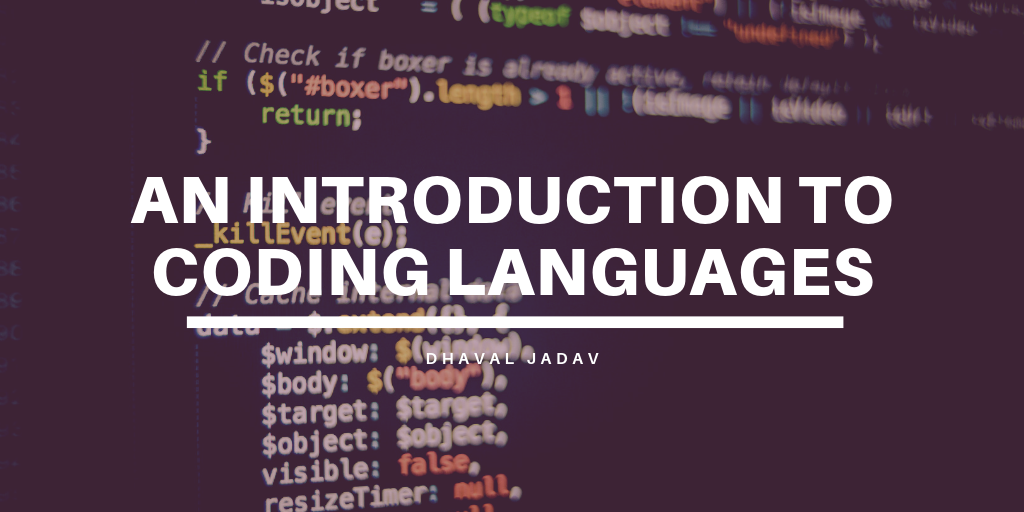Just as spoken languages have their nuances, the languages of technology offer users unique benefits and capabilities. Learning HTML to code a video game is like learning Spanish before a trip to France—right idea, wrong methodology. This guide defines four common coding languages and their uses.
HTML and CSS
Hyper Text Markup Language (HTML) is a basic coding language often used for front-end web development. Assets in this language are denoted as “tags,” including paragraphs, headings, and tables. In short, HTML describes what is on the page. Its partner-in-crime, Cascading Style Sheets (CSS), describes how these assets appear. For example, HTML says that the word “business” is on a page, while CSS ensures “business” is written in Times New Roman and colored blue. This language is ideal for beginners, as it’s easy to use and allows for creativity in webpage design.
Java
Java is commonly associated with the acronym WORA, which stands for “write once, run anywhere.” Designed to run apps independently of operating systems, Java can be found in smartphone applications and other object-oriented programs (as opposed to logic-oriented). Programs running on Java typically organize assets into malleable classes and boundaries. Java offers extra data security and efficient speed compared to similar coding languages, and it is a reliable option for large, data-rich applications.
C++
Elements of Java can be found in C++, another object-oriented language. The two languages are quite similar, the biggest difference being that C++ offers “pointers”—tools that let coders directly manage values. Pointers are useful when structuring and combing through data, as memory must be manually deleted to be removed. C++ also relies on the platform used, making it useful for OS-exclusive programs. While C++ does not offer the same security or universal usability as Java, it is well-equipped with preset algorithms for flexible, hands-on memory storage and organization.
Python
Python focuses on readability, as demonstrated by its simple syntax. According to the Python Software Foundation, “programmers fall in love with Python because of the increased productivity it provides.” In essence, Python is a quick and efficient method of organizing memory. Python, which is another object-oriented language, boasts a reliable built-in debugger. Although Python’s approach is effective, it makes it difficult for programmers to manually locate an issue and change the code. Still, Python is easy to learn and fairly independent once a program is up and running.


Recent Comments